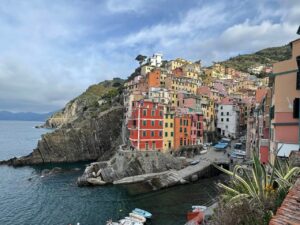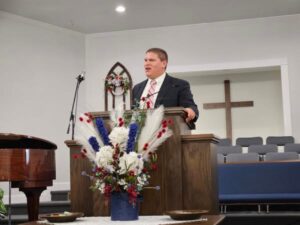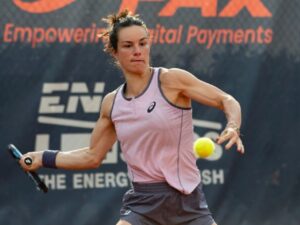Dutch colonial administrator Jan van Riebeeck wrote the following in his diary on February 2, 1659:
“Today, praise be to God, wine was made for the first time from Cape grapes.”
He sure got that right, because it was a good day when Cape grapes became wine for the first time, setting in motion an industry that continues to produce some of the best wine in the world.
Fortune recently wrote about our glorious Winelands, paying particular attention to Franschhoek.
South Africa’s cornucopia of natural attributes is on especially dazzling display in Franschhoek (“French Corner” in Afrikaans), one of the winelands’ most achingly picturesque destinations.

…Today, throughout Franschhoek’s verdant valleys, sheltered by the Drakenstein and Wemmershoek Mountains and blanketed in fields of lavender and plum blossoms, the influence of Franschhoek’s early settlers looms large: the spellbinding landscape is studded with sprawling Dutch Cape colonial-style wine farms—many of which still bear French names—that gleam a brilliant white in the African sun.
Franschhoek has long been known for its Sémillon, of which it has some of the oldest vineyards in the country.
Franschhoek is also home to 24 producers of Méthode Cap Classique, South Africa’s premium sparkling wine, which is produced the same way as its famous French counterpart—with a second fermentation in the bottle to create its beloved bubbles.
A glass of MCC, as it’s commonly called, is a fitting way to kick off a meal in Franschhoek, which, thanks to its ever-evolving array of exceptional restaurants, has earned an enviable reputation as the country’s culinary capital.
We prefer our MCC by the bottle, and it doesn’t come more premium than the Méthode Cap Classique At L’Ormarins.
The 2008 L’Ormarins Methode Cap Classique is the first MCC produced by Anthonij Rupert. The wine is dedicated to the first owner of L’Ormarins, Jean Roi, who had planted more than 4 000 vines on the virgin slopes of the Groot Drakenstein Mountains by 1694.
It’s also delicious.
Which brings us to the wine route.
The route, one of the country’s top attractions, is now divided into five sub-routes according to location. Fans of cabernet franc and pinotage might start at Simonsberg, a mountain rising over 4,500 feet above sea level between Stellenbosch and Franschhoek, and surrounded by 25 wineries.
If you haven’t spent a day or two exploring what the region has to offer, you’re doing it all wrong.
You’ll want to kick off your wine tasting escapades with the famous Anthonij Rupert Wyne experience.
A full day’s entertainment at Anthonij Rupert Wine Estate includes:
- Wine tasting at the Terra del Capo Tasting Room;
- Antipasti selection lunch (the menu changes seasonally);
- Premium Wine tasting at the Anthonij Rupert Tasting Room;
- A visit to the Franschhoek Motor Museum where an immaculate display of 80 vintage cars awaits;
- Scenic tram ride taking in the picturesque views of the estates and surrounding Franschhoek Wine Valley.
I’ve done the tour, and I can tell you that it’s a day (very) well spent.
It’s perfect for tour groups, company incentive groups, team building outings, treating someone to a special outing, or simply a day out in Franschhoek with a group of friends.
While you’re there, pick up a bottle or five of wine to keep the party going once the tour is complete.
You can read the rest of Fortune’s gushing praise for our Winelands here.
[source:fortune]







